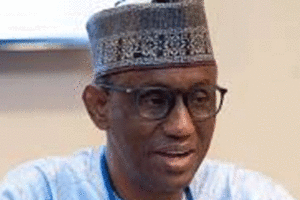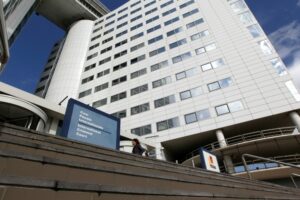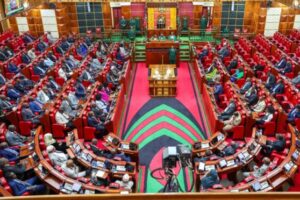
Nairobi — More than 100,000 university students have been left without government financial support in the 2024/2025 academic year, as the Higher Education Loans Board (HELB) battles a Sh49.8 billion funding shortfall that now threatens the future of higher education system.
Details made known during a tour by National Assembly Education Committee chaired by Tindiret MP Julius Melly showed mounting loan demand and insufficient resources.
“The total loan demand stood at Sh48.18 billion against an approved budget of Sh34.65 billion,” the report states.
“Consequently, 103,214 eligible university students and 60,274 TVET trainees remained unfunded due to a combined shortfall of Sh13.7 billion.”
HELB warned of dire consequences unless immediate interventions are made, cautioning systemic failures if no interventions are taken.
“Unless the KShs.49.8 billion deficit across FY2024/2025 and FY2025/2026 is urgently addressed, we risk triggering systemic failure across the higher education sector,” the report stated.
The agency said that failure to act would lead to ‘massive student dropouts, public outcry and loss of confidence.
“It could lead to severe institutional financial strain including halted academic operations and possible insolvency in public universities and TVETs,” the report read.
The shortfall is largely due to increased enrolment under the new Student-Centered Funding Model (SCFM), which HELB says has made higher education more inclusive but has also placed immense pressure on available funds.
“All placed students are eligible for government funding, the increased enrolment has significantly increased pressure on HELB’s funding, necessitating commensurate growth in HELB’s capitation,” the report stated.
Despite these pressures, HELB managed to disburse Sh26.1 billion to 322,338 university students and Sh7.9 billion to 225,048 TVET trainees.
A further Sh237 million in bursaries was issued to 37,125 needy students, and 104 postgraduate students received scholarships totaling Sh31.3 million.
“The inability to fund all deserving students, despite being placed under government-sponsored programs, risks tarnishing the image of the government and HELB,” the agency warned.
On loan recovery, HELB said it had improved collections to Sh5.21 billion in the financial year, up from Sh4.71 billion the previous year. Strategic linkages with the Kenya Revenue Authority and the Public Service Human Resource Information System helped trace 11,600 loanees and recover Sh42 million.
Sign up for free AllAfrica Newsletters
Get the latest in African news delivered straight to your inbox
Success!
Almost finished…
We need to confirm your email address.
To complete the process, please follow the instructions in the email we just sent you.
Error!
There was a problem processing your submission. Please try again later.
“Massive dropouts translate to future non-repayment, weakening the sustainability of HELB’s revolving fund,” the report stated.
As of June 2025, HELB had 1.03 million matured loan accounts, of which 293,122 were classified as non-performing, valued at Sh33.2 billion.
To address the structural crisis, HELB is now appealing for long-term reforms. It is calling on Parliament to legislate a dedicated funding mechanism either through an employer-based levy or a fixed percentage of VAT to ensure predictable and scalable funding.
“This model draws on best practice from countries like Ghana, where the GETFund is financed through a dedicated 2.5% VAT allocation,” the report suggests.
The agency also recommends tightening employer compliance laws, improving access to socio-economic data for better loan targeting, and rolling out the Income-Contingent Repayment (ICR) model to align repayments with graduates’ income levels.
“The current crisis threatens the national transition rate to tertiary education, weakening the government’s efforts to build a skilled and competitive workforce, and risks reversing gains made in youth empowerment and social mobility,” the report stated.





